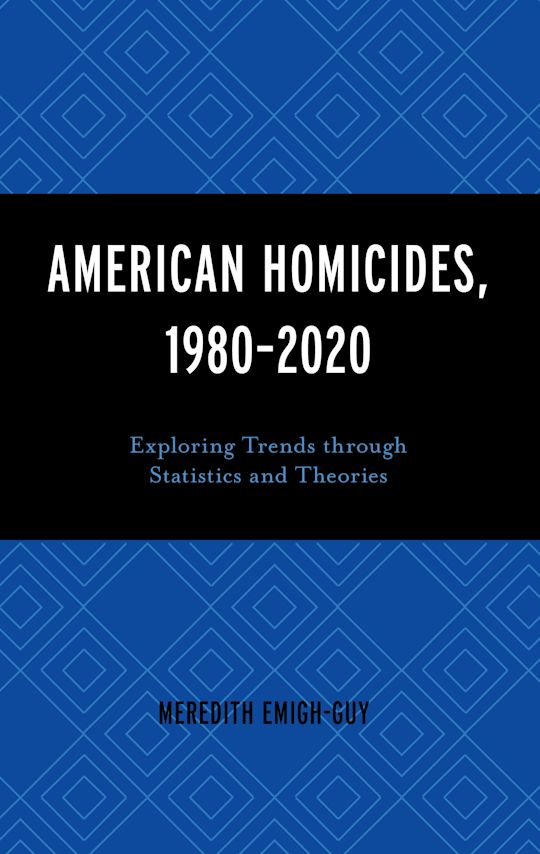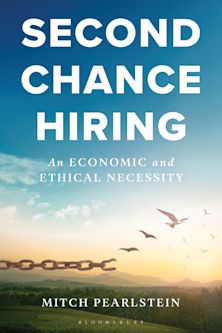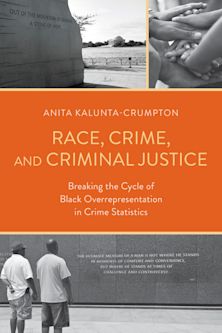American Homicides, 1980–2020
Exploring Trends through Statistics and Theories
American Homicides, 1980–2020
Exploring Trends through Statistics and Theories
This product is usually dispatched within 1 week
- Delivery and returns info
-
Free US delivery on orders $35 or over
Description
Meredith Emigh-Guy combines criminological theories and FBI homicide data to examine recent trends in the homicide rate as well as the clearance rate. This work situates homicide statistics in the United States in a global and historical context by addressing questions of stranger-perpetrated homicide and intimate partner violence. Several potential reasons for a decline in the number of solved homicides are explored, including victim/offender relationships, weapons, and improvements in forensics. Emigh-Guy concludes that modern media representations have skewed the general public’s understanding of violent crime and provides the statistics to show how reality differs from misconception.
Table of Contents
Chapter 2: Moral Panic
Chapter 3: Stranger-Perpetrated Homicide
Chapter 4: Homicide Data Past and Current
Chapter 5: A Brief History of Violent Crime
Chapter 6: Theories on the Reduction in Homicide
Chapter 7: Victims and Offenders
Chapter 8: Victim/Offender Relationships
Chapter 9: Motive
Chapter 10: Weapons
Chapter 11: Homicide Investigations and Clearance Rates
Chapter 12: Hate Crimes and Mass Homicide
Product details
| Published | Nov 07 2024 |
|---|---|
| Format | Hardback |
| Edition | 1st |
| Extent | 118 |
| ISBN | 9781793629616 |
| Imprint | Lexington Books |
| Illustrations | 13 BW Illustrations, 5 Tables |
| Dimensions | 9 x 6 inches |
| Publisher | Bloomsbury Publishing |
Reviews

ONLINE RESOURCES
Bloomsbury Collections
This book is available on Bloomsbury Collections where your library has access.

































